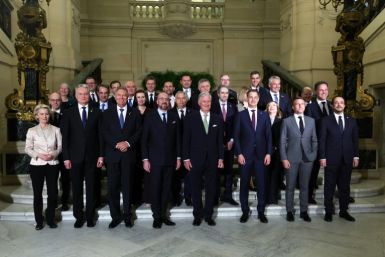Australian Dollar Outlook - 13 August 2013
Bell FX Currency Outlook: The Australian Dollar is being weighed down by strength in the greenback amid renewed expectations that the US Federal Reserve will begin tapering its economic stimulus program soon.
Australia: The US Congressional Budget Office is forecasting that the annual deficit will be US$670 billion when the budget year ends in September, compared with last year's deficit of US$1.09 trillion.
It would be the first time in five years that the gap between spending and revenue has been below $1 trillion. The USD ended the North American trading session higher against all major currencies due to renewed expectations of Fed tapering and this was the primary catalysts for the move lower.
The drop from 0.9220 to 0.9150 offers some suggestion about rallies been short lived, and as we can now see, the 4% rally of the past week has been enough to entice some large traders selling. As far as interest rates are concerned in Australia, on one hand low rates seem to be showing up
more in higher prices than new buildings (the latter being the goal of the RBA).
On the other hand, we have a 3-year wage freeze agreed at GM Holden aimed at saving car industry jobs, which according to the AFR, could trigger pay pauses elsewhere. So the risk of inflating asset market bubbles is a factor that may constrain the RBA's willingness to slash rates further, making one's assessment of the AUD harder again.
Majors: It was another quiet trading session overnight, with little in the way of news or dataflow. US and European equities were broadly unchanged whilst US Treasuries were sold off and the yield curve steepened on light volumes ahead of tonight's US retail sales report. Core European government bond yields also drifted modestly higher. We are getting data dependent again as far as the USD is concerned.
The July US retail sales report will be important in indicating whether the Fed would begin tapering its bond-buying program sooner rather than later.
Consumer spending is the backbone of the US economy but this month the amount that retail sales increases plays a particularly important role in
the Fed's monetary policy plans. With only five weeks to go before the September Federal Open Market Committee (FOMC) meeting, every piece of data counts.
Economic Calendar
13 AUG AU NAB Business Conditions July
AU Australia Treasury's Pre-Election Economic Fiscal Outlook
JN BoJ July 10-11 Minutes
UK CPI, PPI, Retail Price July
US Retail Sales July
For latest pricing, ranges visit www.bellpotter.com.au






